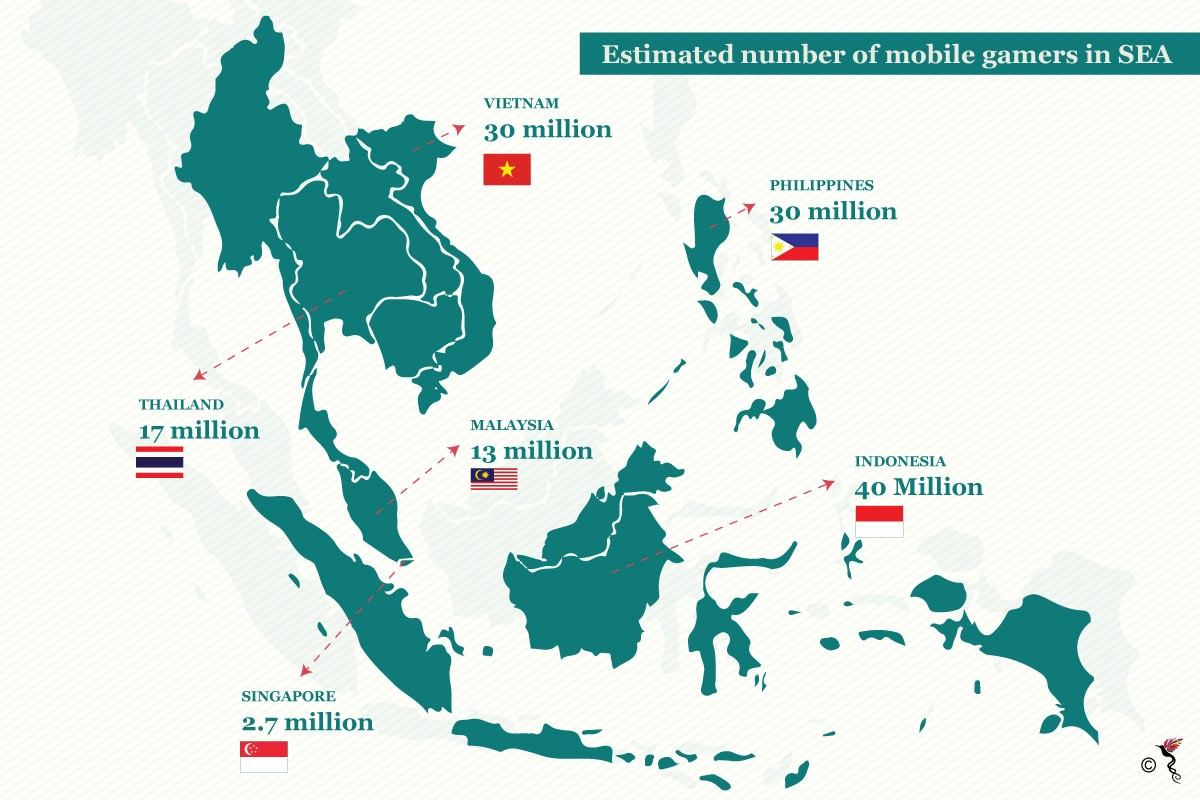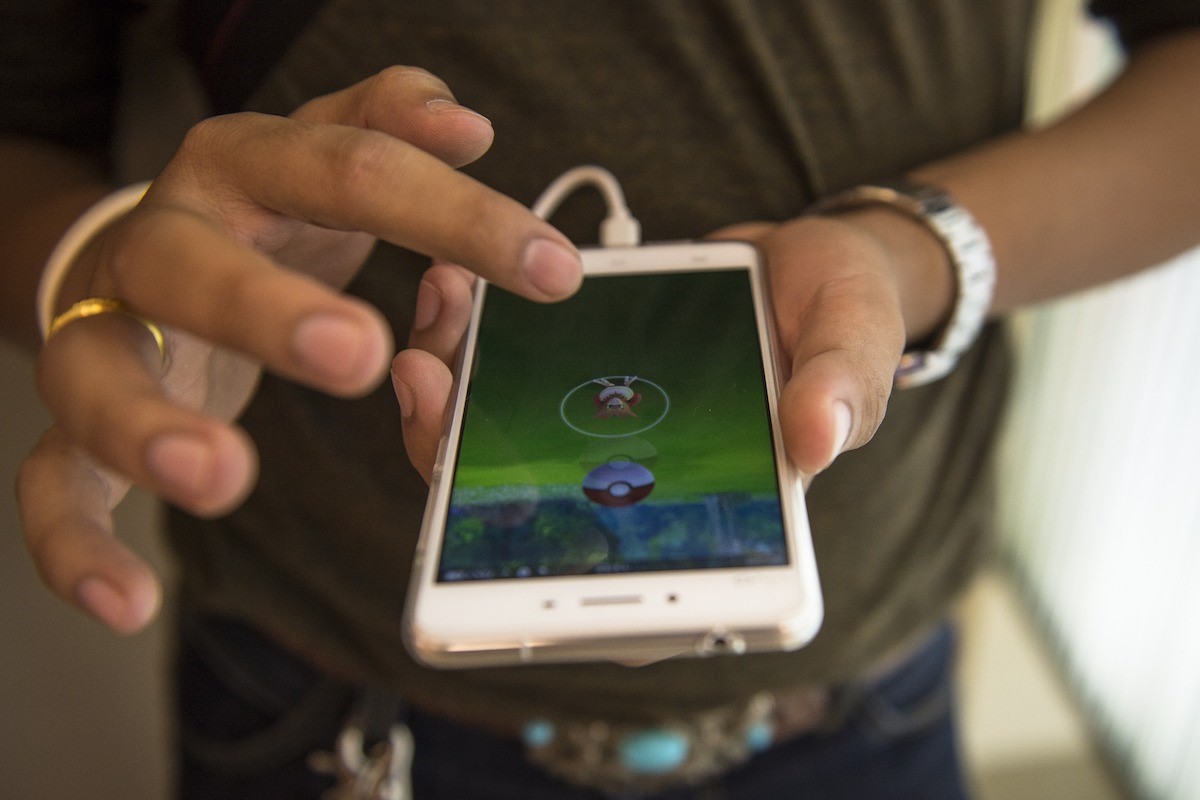Video games have been popular in Southeast Asia for decades.
From the original red and white Nintendo Family Computer, to the arcades that littered shopping malls in the 1990s, and the online-enabled console generations of the 2000s, we’ve loved getting our gaming fix.
However, what used to be an activity for groups of friends or siblings has continued to veer toward a less personal experience. Gamers have traded shared controllers in the living room and arcade cabinets at the mall for an experience that allows them to play with others who may be hundreds of kilometres away.
Multiplayer gaming becomes popular worldwide
While PC games have had widespread multiplayer since the 1990s, it was Sony and Microsoft that really paved the way for gaming to explode around the world.
Their subscription-based online multiplayer networks, first released for the PlayStation 2 and Xbox, were constantly tweaked as each console generation went by. Now, millions of people around the world are connected to each other through PlayStation Network and Xbox Live – and this growth isn’t slowing down anytime soon.
While these consoles and their networks did gain traction in Southeast Asia, Sony and Microsoft haven’t been able to penetrate the regional market like they have in North America, Europe, or Japan and Korea.
Why? Because of two main factors: cost and internet speeds.
It’s important to remember that Southeast Asia is still a developing region. Average incomes make it much more difficult for people to buy an expensive console, and then fork out an extra monthly subscription.
While nations like Singapore have a robust internet infrastructure, other nations such as the Philippines, Indonesia, and Vietnam are still trying to catch up – and it’s going to take a while.
Mobile games help fill the gap
This is likely the reason that mobile gaming has rooted itself so deeply in Southeast Asia. Many games available on iOS and Android can be run on a large range of devices, affording far more people the chance to play games than consoles like the PlayStation 4 and Xbox One do.
More importantly, these games can be played while on the go and are usually playable on 3G and 4G networks. This is a boon to the millions of people that have to deal with long daily commutes to and from work. That allows them to find some entertainment while dealing with the daily slog, or lets them play with colleagues and friends while enjoying their lunchbreaks.

Estimated number of mobile gamers in Southeast Asia.
The dark side of mobile games
Unfortunately, while most of these games are free to download, they are more accurately described as “freemium”. While players can unlock basic game functionalities, there are many time gates that prevent people from continuing. These gates can, however, be unlocked through special in-game currency that can be bought with real money.
This is a practice that has greatly divided developers and consumers. While some argue that there is nothing wrong with developers trying to make as much money out of their products, others counter that microtransactions feed into addictive behaviour.
There is some merit to the claims against the “freemium” model. It’s not uncommon to hear that people have spent hundreds or even thousands of dollars on a game like Clash Royale or Pokemon GO – and some people don’t take issue with how much their gaming habit costs them.
Constant growth
However, what is difficult to argue against is the amount of revenue that mobile games are generating across Southeast Asia. Some estimates project that mobile game revenue will reach 1.1 billion dollars in 2017, while others have put the number at 1.4 billion dollars.
The growth projections are also quite staggering.
According to the Global Mobile Game Confederation, mobile game revenues in Singapore, Malaysia, Indonesia, Vietnam, the Philippines and Thailand will reach 3.9 billion dollars by 2019. Another projection from Niko Partners puts the revenue number at 4.4 billion dollars by 2021.
These estimates could rise as mobile penetration rates go up around the region. If there’s one thing that can be predicted, it’s that mobile games aren’t going away.
Information from the Global Mobile Game Confederation, Newzoo, and Niko Partners has been used in this article.
Recommended stories:
